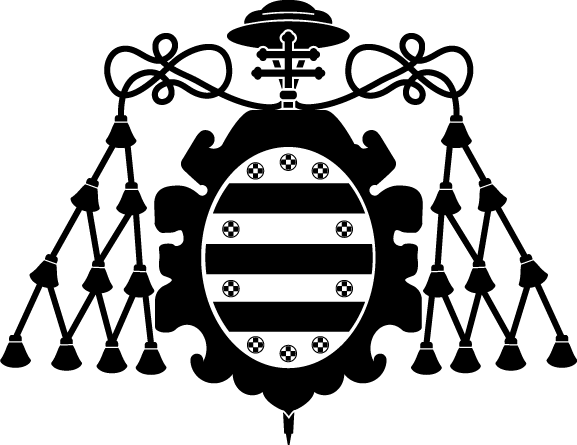Improved variability classification of CoRoT targets with Giraffe spectra
Autor(es) y otros:
Palabra(s) clave:
stars: variables: general
stars: oscillations
techniques: spectroscopic
stars: fundamental parameters
methods: statistical
methods: data analysis
Fecha de publicación:
Editorial:
EDP Sciences
Versión del editor:
Citación:
Resumen:
Aims.We present an improved method for automated stellar variability classification, using fundamental parameters derived from high resolution spectra, with the goal to improve the variability classification obtained using information derived from CoRoT light curves only. Although we focus on Giraffe spectra and CoRoT light curves in this work, the methods are much more widely applicable. Methods. In order to improve the variability classification obtained from the photometric time series, only rough estimates of the stellar physical parameters (Teff and log (g)) are needed because most variability types that overlap in the space of time series parameters, are well separated in the space of physical parameters (e.g.γ Dor/SPB or δ Sct/β Cep). In this work, several state-of-the-art machine learning techniques are combined to estimate these fundamental parameters from high resolution Giraffe spectra. Next, these parameters are used in a multi-stage Gaussian-Mixture classifier to perform an improved supervised variability classification of CoRoT light curves. The variability classifier can be used independently of the regression module that estimates the physical parameters, so that non-spectroscopic estimates derived e.g. from photometric colour indices can be used instead. Results. Teff and log (g) are derived from Giraffe spectra, for 6832 CoRoT targets. The use of those parameters in addition to information extracted from the CoRoT light curves, significantly improves the results of our previous automated stellar variability classification. Several new pulsating stars are identified with high confidence levels, including hot pulsators such as SPB and βCep, and several γ Dor-δ Sct hybrids. From our samples of new γ Dor and δ Sct stars, we find strong indications that the instability domains for both types of pulsators are larger than previously thought.
Aims.We present an improved method for automated stellar variability classification, using fundamental parameters derived from high resolution spectra, with the goal to improve the variability classification obtained using information derived from CoRoT light curves only. Although we focus on Giraffe spectra and CoRoT light curves in this work, the methods are much more widely applicable. Methods. In order to improve the variability classification obtained from the photometric time series, only rough estimates of the stellar physical parameters (Teff and log (g)) are needed because most variability types that overlap in the space of time series parameters, are well separated in the space of physical parameters (e.g.γ Dor/SPB or δ Sct/β Cep). In this work, several state-of-the-art machine learning techniques are combined to estimate these fundamental parameters from high resolution Giraffe spectra. Next, these parameters are used in a multi-stage Gaussian-Mixture classifier to perform an improved supervised variability classification of CoRoT light curves. The variability classifier can be used independently of the regression module that estimates the physical parameters, so that non-spectroscopic estimates derived e.g. from photometric colour indices can be used instead. Results. Teff and log (g) are derived from Giraffe spectra, for 6832 CoRoT targets. The use of those parameters in addition to information extracted from the CoRoT light curves, significantly improves the results of our previous automated stellar variability classification. Several new pulsating stars are identified with high confidence levels, including hot pulsators such as SPB and βCep, and several γ Dor-δ Sct hybrids. From our samples of new γ Dor and δ Sct stars, we find strong indications that the instability domains for both types of pulsators are larger than previously thought.
ISSN:
Patrocinado por:
This research was supported by the Spanish Ministry of Economy and Competitiveness through grants AyA2008-02156 and AyA2011-24052. The research leading to these results has received funding from the European Research Council under the European Community’s Seventh Framework Programme (FP7/2007–2013)/ERC grant agreement nº227224 (PROSPERITY), from the Research Council of K.U.Leuven (GOA/2008/04), and from the Belgian federal science policy offce (C90309: CoRoT Data Exploitation).
Colecciones
- Artículos [37321]


